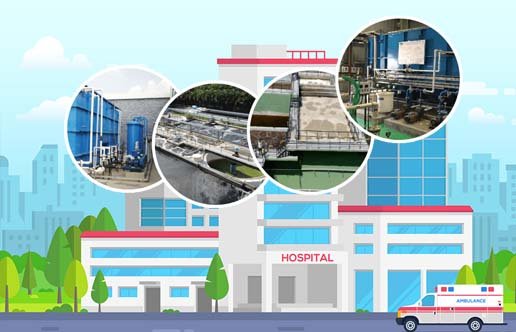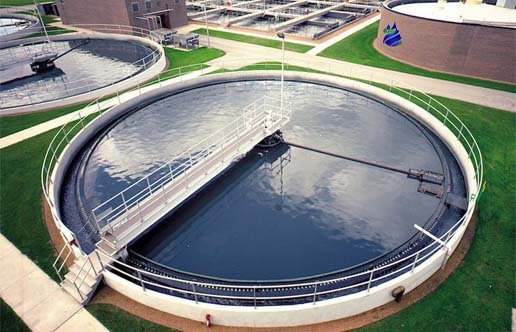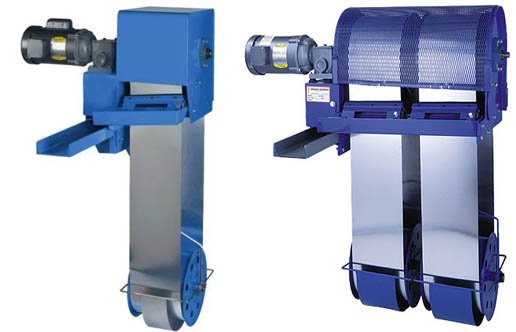Sewage Treatment Plant
No.1 Sewage Treatment Plant Manufacturer & Supplier in India, Trity Enviro Solutions manuf....
| Automation Grade | : Automatic |
| Control Module | : Available |
| Secondary Treatment Technology | : MBBR |
| Feed Flow Rate(m3/day) | : 51-100 m3/day |
| Capacity (KLD) | : 100 KLD |
Sewage Water Treatment (STP) Plant Manufacturer
A sewage water treatment is simply a wastewater treatment plant that usually treats wastewater released from various sources like commercial buildings, industrial units as well as large residential complexes. The purpose of the sewage treatment plant is to purify the used water so that it can be recycled and reused so that it can be discharged into the environment safely and no disturbance can be caused to the environment. Since wastewater consists of many pollutants as well as other contaminants, it is necessary to treat that wastewater before discharging them into the environment.
The process of sewage treatment plant includes several stages that include primary, secondary as well as tertiary stage, whereas primary treatment includes the removal of solid waste from the wastewater through the process of screening in the secondary stage, it involves secondary treatment such as biological treatment to break down organic matter and in the last stage that is the tertiary stage that involves the most advanced process which is filtration, disinfection, etc.
Purpose of Sewage Water Treatment Plant
The purpose of sewage treatment plant manufacturers is to provide an efficient plant that can treat and purify wastewater and sewage generated from various sources, including residential, commercial, and industrial sources. The primary objectives of sewage water treatment plants are:
Protecting Public Health: It is done by removing harmful pathogens and pollutants from wastewater before it is discharged into the environment, sewage water treatment plants that can be easily availed through the Sewage Treatment Plant suppliers which helps in protecting public health and prevent the spread of waterborne diseases.
Protecting the Environment: Sewage water treatment plants play an important role in protecting the environment by removing pollutants and contaminants from wastewater before it is released into the environment. This helps in preventing pollution, which ultimately results in reducing the impact on aquatic ecosystems and protecting the quality of drinking water.
Resource Conservation: Sewage water treatment plants also help to conserve resources by reclaiming and reusing wastewater for various purposes, such as irrigation or industrial processes. This helps to reduce the demand for freshwater and protect natural water resources, so it is a must-have infrastructure that can be obtained by contacting STP manufacturers and suppliers.
Stages of Purification in Sewage Water Treatment Plant
The working of a sewage water treatment plant can be divided into several stages, each of which is designed to remove specific types of contaminants and impurities from the wastewater. The typical steps involved in the process are:
Primary Treatment: This is the first stage, where the wastewater flows into large sedimentation tanks where suspended solids settle to the bottom of the tank and are removed as sludge. This process is called sedimentation, and it removes up to 50% of the suspended solids and organic matter in the wastewater.
Secondary Treatment: This is the second stage where biological processes are used to remove dissolved organic matter and other contaminants from the wastewater. The wastewater is mixed with activated sludge, which contains microorganisms that consume and break down organic matter in the wastewater. This process is called aeration, and it is usually done in large aeration tanks where air is supplied to promote the growth of microorganisms.
Tertiary Treatment: This is the final stage that involves additional treatment processes to remove any remaining impurities from the wastewater. The wastewater then goes through some the processes such as sand filtration, membrane filtration, or disinfection using chemicals or UV radiation to remove any remaining suspended solids, pathogens, and other contaminants.
Related Products


Multi Grade Filter
We are a manufacturer of multigrade filters FRP, all India and overseas installation, - multigrade s...


Sewage Treatment Plant for Hospital
Trity Enviro is the top leading manufacturer of Sewage treatment plants for hospitals....


Sewage Treatment Plant
No.1 Sewage Treatment Plant Manufacturer & Supplier in India, Trity Enviro Solutions manuf....


STP and ETP Plant Manufacturer in Haridwar
Trity Environ Solutions manufacturers and suppliers of STP and ETP Plant in Haridwar. Sewage Treatment...


STP and ETP Plant Manufacturer in Faridabad
Trity Environ Solutions manufacturers and suppliers of STP and ETP Plants in Faridabad. Sewage Treatment...


STP and ETP Plant Manufacturer in Firozabad
Trity Environ Solutions manufacturers and suppliers of STP and ETP Plants in Firozabad. Sewage Treatment...


STP and ETP Plant Manufacturer in Delhi/NCR
Trity Environ Solutions manufacturers and suppliers of STP and ETP Plants in Delhi/NCR. Sewage Treatment...


Oil Skimmer for ETP and STP
Trity Enviro Solutions is a leading manufacturer of oil skimmers. We provide innovative oil skimming...


Anaerobic Digester
Trity Enviro is Leaing Anaerobic Digester Manufacturers & Suppliers in India, anaerobic digesters wh...


STP and ETP Plant Manufacturer in Solan
STP and ETP Manufacturer in Solan

